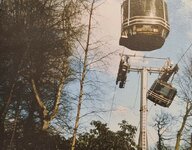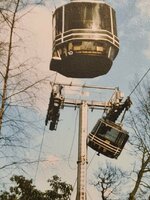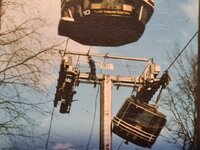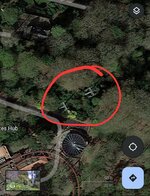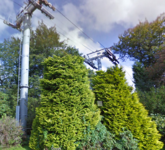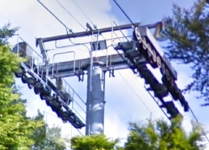Dave
TS Founding Member
Genuine question, and not an attempt at excusing the situation or being ableist.
In a completely hypothetical scenario where the Skyride was never built, would you still categorise the lack of a Skyride as discrimination? Or is it that the provision was offered, and has since been withdrawn, that brings about the discrimination?
Whether or not the intention of the Skyride was to provide access, or to entertain, is immaterial if it can be demonstrated that its use enables equal or parity access.
If I was to provide an analogy for the scenario I think you're describing. A building may have been built with a slope/wooden crossing leading up to its entrance many moons ago, without the expressed intent that it was relied upon for equal access. During a refurbishment someone comes along and decides that they'd rather have a spiral staircase to access that same entrance, and so they remove the slope/bridge. Although the slope was never intended to be relied upon for access, or even designed with that in mind, it has since become a means for physically disabled people to get equal and easy access; thus removing it counts as discrimination.
You would be required to maintain the slope.
Historic buildings have some exemptions for not having to add slopes or other access methods but if a building had a slope already you wouldn’t be able to remove it.
With the skyride the park would argue this is a route that has accessible alternatives (step free paths, accepting there is a debate about how easy those paths are to traverse). The act says you have to make “reasonable adjustments”, it doesn’t outline what is reasonable. I’m certain a disability organisation would say there may be a case as without the skyride you have made access less convenient/ difficult but ultimately it would be up to a court to decide on reasonability (ie is it reasonable to expect a company to maintain a multi-million pound cable car or signpost guests to an alternative step free path).
You won’t really know unless it’s tested in court. I suspect due to the nature of the device in question a court couldn’t force the park to maintain it or guarantee operation (there has never been a guarantee of operation in its lifetime so there has always been use of the alternative paths), but they could state the existing route is not suitable and demand alterations to the gradient etc but that’s just my hunch. It gets even more complicated as the paths that are the alternative are through protected gardens.


